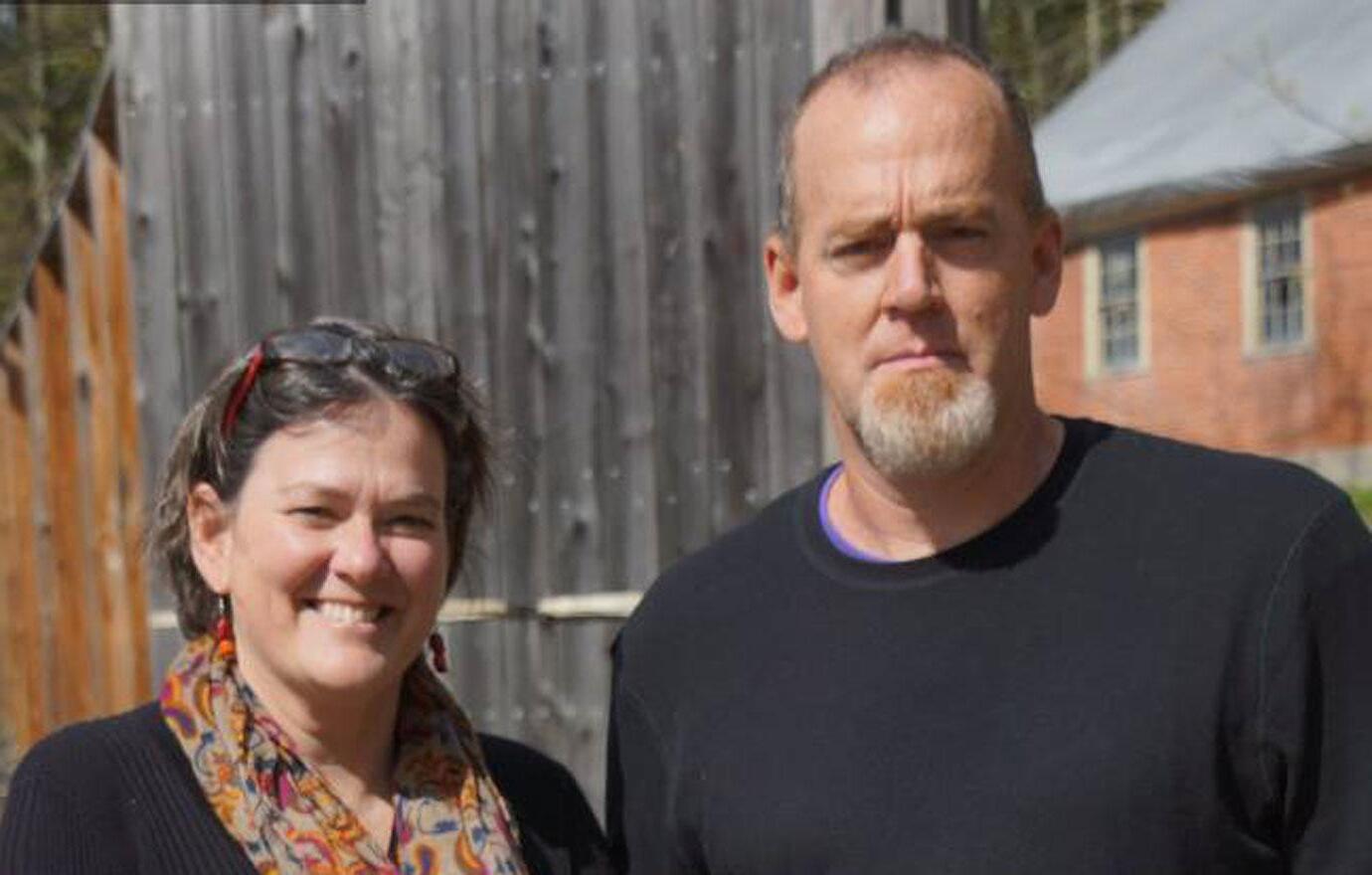
Who was Danny Rolling, and why did his crimes shock the nation? Danny Rolling, also known as the Gainesville Ripper, was an American serial killer who terrorized Gainesville, Florida, in 1990. Born into a life of abuse and turmoil, Rolling's violent tendencies escalated over time, culminating in the brutal murders of five college students. His crimes were not only horrifying due to their brutality but also because of the meticulous planning and signature mannerisms he employed. These gruesome acts left a lasting impact on the community and even inspired the script for the 1996 slasher film Scream. Rolling's life and crimes serve as a chilling reminder of the devastating effects of childhood trauma and untreated mental health issues.
Key Takeaways:
- Danny Rolling's troubled upbringing and early signs of trouble, including abuse, drug use, and criminal activities, shaped his descent into violent crime, leaving a lasting impact on victims and society.
- Despite his troubled past, Danny Rolling's brutal crimes in Gainesville, Florida, and subsequent capture and execution, serve as a stark reminder of the devastating impact of childhood trauma and mental health issues.
Early Life and Troubled Upbringing
Danny Rolling's early years were marred by abuse and instability. These formative experiences played a significant role in shaping his future actions.
- Danny Harold Rolling was born on May 26, 1954, in Shreveport, Louisiana.
- His father, James Harold Rolling, was a Korean War veteran and police officer who frequently abused his family.
- Claudia Rolling, Danny's mother, made several attempts to leave James but always returned.
- James often told Danny he was unwanted from birth, deeply affecting Danny's mental health.
- The abuse began when Danny was just one year old, with his father beating him for not crawling properly.
Coping Mechanisms and Early Signs of Trouble
Danny's coping mechanisms and early criminal activities hinted at the darkness that would later consume him.
- To cope with the abuse, Danny turned to music, playing the guitar and singing hymn-like songs by age 11.
- As a teenager, Danny began using drugs and alcohol to numb his emotional pain.
- At 14, he was caught peeping into a neighbor's daughter's room, marking the start of his voyeuristic tendencies.
- Danny attempted to enlist in the Navy but was rejected, later joining the Air Force where he struggled with drug use.
- He married O'Mather Halko after leaving the military but continued the cycle of abuse, leading to their separation in 1977.
Descent into Crime
Danny's life took a darker turn as he engaged in more violent and criminal activities.
- Following his divorce, Danny turned to rape and armed robberies, leading to his incarceration in Jackson, Georgia, in 1979.
- In November 1989, he committed a triple homicide in Shreveport, killing Julie Grissom, her nephew Sean, and her father Tom.
- In May 1990, Danny shot his father twice during an argument, causing James to lose an eye and an ear.
- Danny fled Shreveport and assumed a new identity as Michael Kennedy Jr., moving to Sarasota, Florida.
- Despite the new identity, his violent tendencies persisted, leading to the infamous Gainesville murders.
The Gainesville Murders
Danny's most notorious crimes occurred in Gainesville, Florida, where he brutally murdered five college students.
- On August 24, 1990, Danny broke into the home of Sonja Larson and Christina Powell, stabbing and raping both students.
- The next day, he killed Christa Hoyt, decapitating her and placing her head on a bookshelf.
- Danny's signature was arranging the bodies to highlight the carnage, often using mirrors to pose his victims.
- The investigation was initially slow, but a crucial tip from Cindy Juracich, a Shreveport resident, led investigators to Danny.
- A blood type match linked Danny to the murders, as he had type B blood, matching the blood found at the crime scenes.
Capture and Trial
Danny's capture and trial were marked by significant evidence and testimonies that sealed his fate.
- A cassette tape found at one of the crime scenes contained a song titled "Mystery Rider," revealing Danny's full name.
- Danny began corresponding with journalist Sondra London, who helped him write his autobiography, The Making of a Serial Killer.
- In February 1994, Danny changed his plea to guilty just before the start of his trial.
- His mother, Claudia, testified about the abuse Danny suffered, and psychiatrists described his severe personality disorder.
- The jury unanimously found Danny guilty of first-degree murder on all five counts, sentencing him to death in March 1994.
Execution and Legacy
Danny's execution brought an end to his life but left a lasting impact on popular culture and public perception of serial killers.
- Danny was executed by lethal injection at Florida State Prison on October 25, 2006.
- In his final moments, he sang a religious hymn, a poignant end to a life marked by violence and tragedy.
- His crimes inspired the script for the 1996 slasher film Scream, written by Kevin Williamson.
- Psychiatrists described Danny as having a severe personality disorder, functioning at an immature level.
- The defense team argued that his childhood abuse and mental health issues made him not accountable for his actions.
Impact on Victims and Society
The impact of Danny's crimes extended beyond his immediate victims, affecting their families and society at large.
- The victims included Sonja Larson, Christina Powell, Christa Hoyt, Tracy Paules, and Manuel Taboada, all young women who were either college students or recent graduates.
- Crime scenes were meticulously planned, with Danny using tools like screwdrivers and duct tape to bind his victims.
- Witness testimony, particularly from Cindy Juracich, played a significant role in linking Danny to the crimes.
- The psychological impact on the victims' families was profound, with the horror of the crimes leaving a lasting mark.
- Danny's legacy serves as a stark reminder of the devastating impact of childhood trauma and mental health issues, influencing public perception and popular culture.
The Legacy of Danny Rolling
Danny Rolling's life was a tragic mix of abuse, violence, and mental illness. From his early years in Shreveport to his horrific crimes in Gainesville, his story is a grim reminder of how unchecked trauma can lead to devastating outcomes. His brutal murders of five college students in 1990 shocked the nation and left a lasting impact on the victims' families and the community. Despite his execution in 2006, the horror of his actions continues to influence popular culture, most notably inspiring the film Scream. Rolling's case underscores the importance of addressing childhood trauma and mental health issues to prevent such tragedies. While his life ended with a hymn, the echoes of his crimes serve as a chilling reminder of the darkness that can lurk within.
Frequently Asked Questions
Was this page helpful?
Our commitment to delivering trustworthy and engaging content is at the heart of what we do. Each fact on our site is contributed by real users like you, bringing a wealth of diverse insights and information. To ensure the highest standards of accuracy and reliability, our dedicated editors meticulously review each submission. This process guarantees that the facts we share are not only fascinating but also credible. Trust in our commitment to quality and authenticity as you explore and learn with us.


